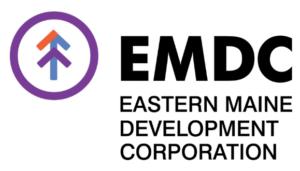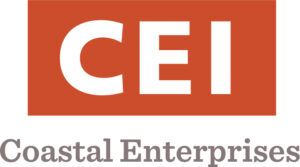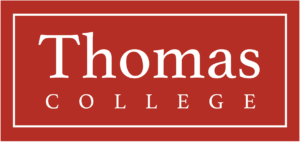Chart your course. Adjust your sails. Expand your horizons.
Leaders in the nonprofit sector and business community turn to Starboard Leadership Consulting for reliable consulting support, actionable strategies, and customized solutions.
Is your business or nonprofit organization experiencing rough seas, navigating change, or simply treading water?
Without a clear strategy, proven practices, and strong teams, even the best businesses and nonprofits can struggle. Your path to success requires more than generic advice; it needs a tailored approach that addresses your unique circumstances, challenges, and goals.
Starboard Leadership Consulting: Building your strength to better our communities
We specialize in providing nonprofit and business consulting tailored to your specific needs. Our services in strategic planning, executive search, leadership development, governance, fundraising, and organizational effectiveness are designed to help you navigate complex challenges and deepen your impact.
Why choose Starboard?
With decades of experience and a proven track record, we have helped hundreds of organizations enhance their leadership capabilities and achieve their strategic goals. Our clients consistently see improvements in performance and organizational impact.
Trusted by nonprofit and business leaders across the Northeast
Our Services
Strategic Planning
Seize the future through efficient planning, effective strategies, and measurable results, ensuring your organization navigates challenges and opportunities with clarity and purpose.
Executive Search
Partner with us to identify and attract the right leader for your organization, leveraging our expertise and extensive network to secure top-tier talent that aligns with your organizational culture and goals.
Fundraising Counsel
Build and execute a comprehensive fundraising strategy, a special campaign, or a new development initiative with expert guidance focused on your bottom line.
Board Governance
Transform your board in alignment with best governance practices, ensuring effective oversight, accountability, and strategic direction to drive mission fulfillment.
Team Building
Develop exceptional leadership and high-performing teams, fostering collaboration, innovation, and a shared commitment to organizational success.
Executive Coaching
Receive customized, personal coaching tailored to your needs, empowering you to enhance leadership capabilities, overcome challenges, and achieve professional growth and fulfillment.
Ready to chart your course to success?
Contact us today to schedule your initial cost-free consultation and let’s see how we can help!

Featured Articles
Dispersed or hierarchical? Finding the leadership structure that works best foryour business or nonprofit.
During the last few months, several clients have asked us to help optimize their organizational leadership structure, and we’ve facilitated some meaty discussions about the merits of dispersed versus hierarchical leadership structures. We have developed four questions that can help businesses and nonprofits find the structure most suited to their specific situation. Do we have…
Strategic Plans Benefit from Value Statements
In the strategic planning work we do at Starboard Leadership Consulting, it is not unusual for us to engage in discussions about organizational values. While the mission succinctly tells people who you are and why you are in business, value statements describe what you care about, how you treat people, and what you value most….
Questions Every Board Should Ask
I advise the nonprofits with which I work to dedicate at least one board meeting each year to reviewing the strategic plan and the organization’s progress towards their shared goals. This same meeting not only presents an opportunity for the executive director or president to present the key elements of the action plan for the…



































